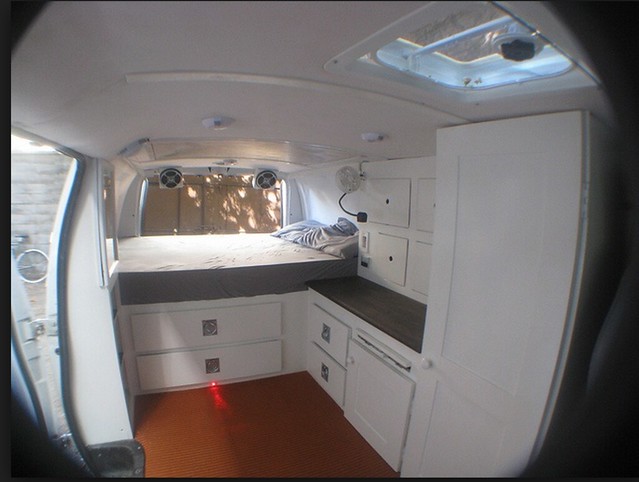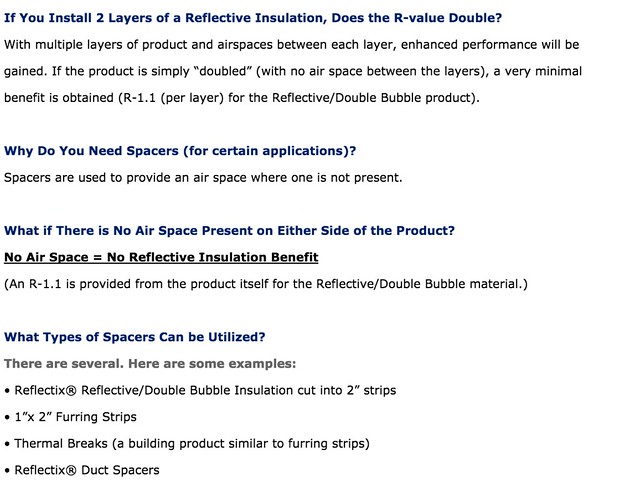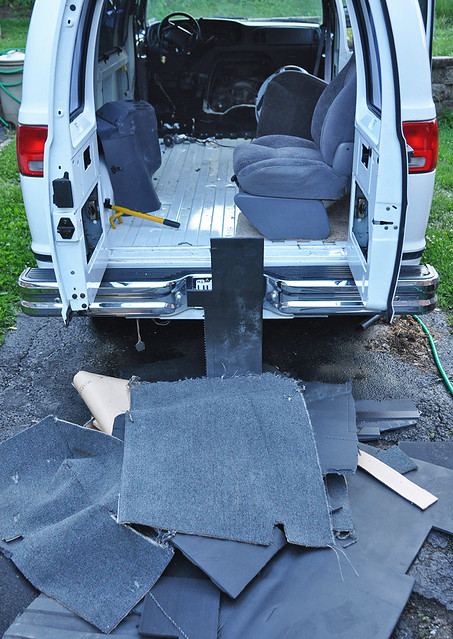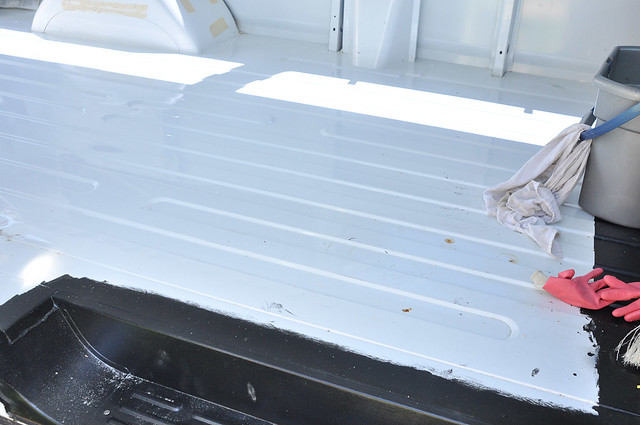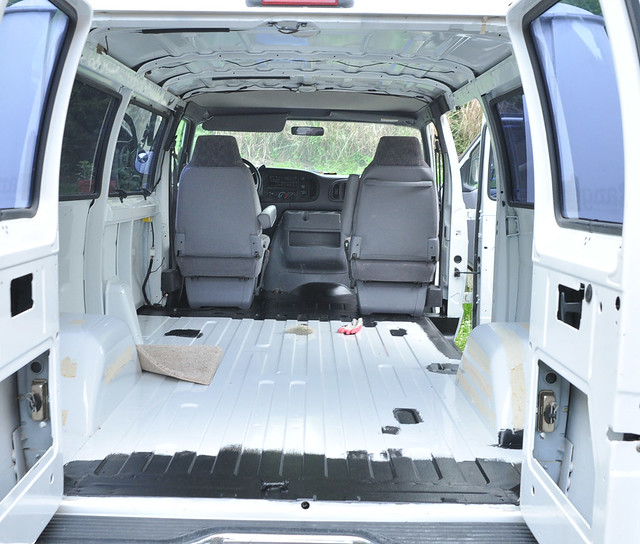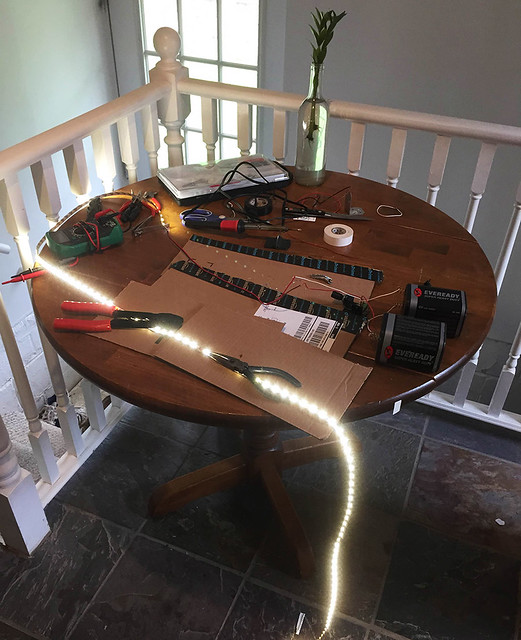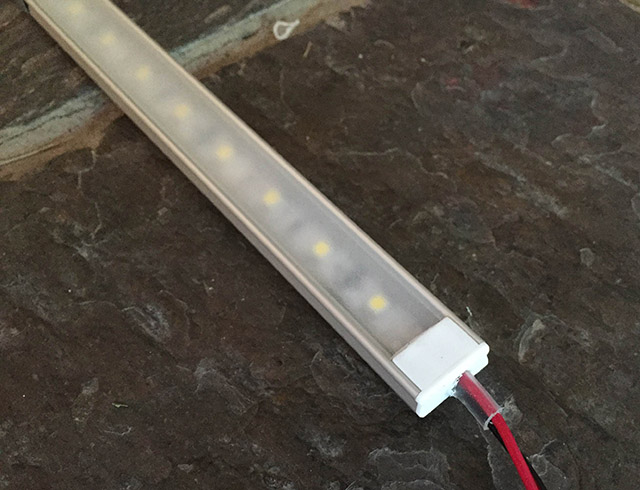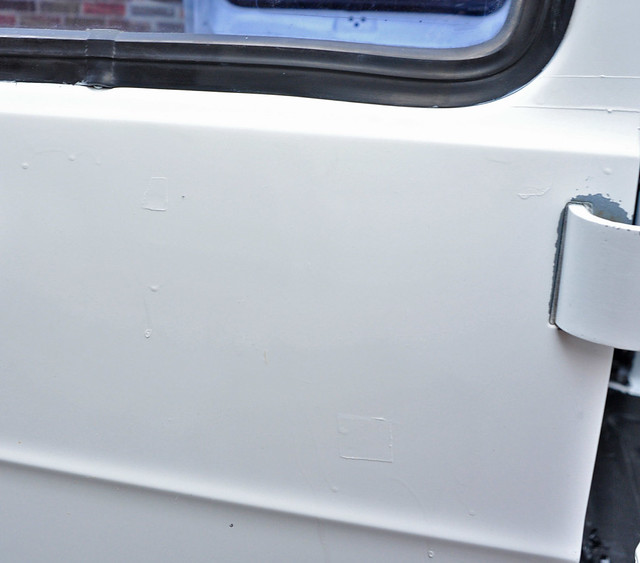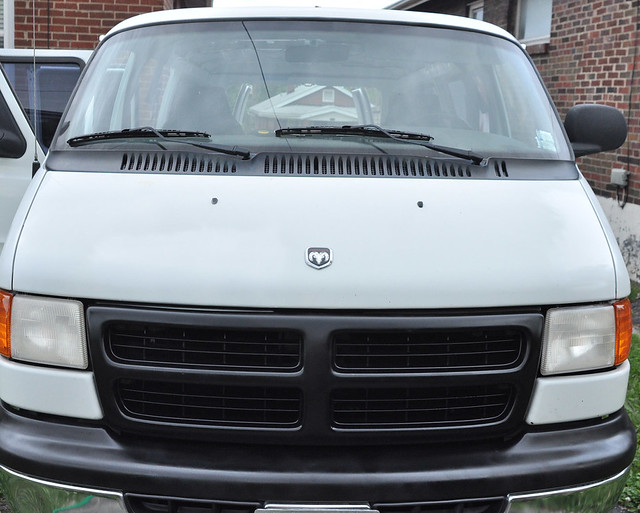-----------------------------------------------------
PROGRESS UPDATE
-----------------------------------------------------
BOUGHT SOME TOOLS AND EQUIPMENT
- Fantastic Vent fan - 1250
- Lights - LED light strips and a holder, dimmer switch
- Tools - multimeter, soldering iron, jigsaw, and other small things
- Strongback chair. I thought this would be a good chair to have along in the van - but not I’m not so sure - it may be too big for my liking. It is comfortable though (and good posture)
GOT SOME STUFF DONE
Applied bed-liner to the floor in the front:
I like how it turned out. Some day I will paint those brackets that hold down the center console/engine cover. Those bolts around the console, but not in the brackets hold on a metal heat shield. I removed them not knowing that there were some strange nuts on the bottom side (I also didn’t hear them falling down - they are really thin and don’t make much noise). So when I went to put them back in, they didn’t hold the heat shield. I thought I’d have to find some washers and nuts that would work, but I ended up finding all 6 of the nuts - 2 or three on the ground, and the rest in various spots on the suspension or frame.
Removed the carpet.
And cleaned the floor.
I bed-lined some spots that had rust, including along the back (which I would’ve done anyways - but it did have some rust where the carpet end holder was)
LIGHTS — I ordered some lights online from SuperBrightLEDS.com - some LED strips and a rail to attach them to, with a diffused cover. They were not cheap, but I think I’ll like how they work. I got 4 of them - 3 foot strips (the ones I wanted were only available in that length) and soldered them together to make two 6-foot strips. This was my first time soldering, other than maybe in high school, and it seemed to go well. I bought a pair of 6-volt batteries so I could test these lights and the vent fan. Everything is working well. I bought one dimmer switch, a Kick KR6, and I will wire the two light strands in parallel from the one switch. I’m planning to put the strips along the top of the van - one on each side at our near the corner of the walls and ceiling.
Testing, after soldering two strips together:
This is the rail and cover that I have them in:
And here’s how they look, in the rail, lit up:
I think the amount of light they put out will be right around what I’d want.
I also did some more touch-up painting. I wasn’t thinking and I taped off sections just leaving a small area around where the paint was chipped. So I ended up with very strange looking paint edges. I don’t know why I did it this way. I repainted a spot a couple weeks ago and did a great job with it. I just wasn't thinking.
I also put way too much paint on. I’ll probably do some wet sanding to try to fix this.
And last thing - I painted the front bumper and grill.
BEFORE:
AFTER:
The hood needed a lot of repainting. I did the bottom left corner a few weeks ago - which looks great now. Today I did a section along the bottom of the hood between the spot I did previously and the hood logo, and a spot on the bottom right corner. I also taped these off like an idiot and got bad lines. I salved these a bit by putting a lot of thin coats on. (You can see the paint difference in the sections I did today. As the paint dries/cures entirely, it will probably match better)
I think that’s everything. Next steps are:
- Decide how I want to use furring
- Buy and install insulation - first, the walls and floor
- Buy plywood and sawhorses. Maybe a circular saw. Get cardboard for templates
- Install furring boards
- Cut plywood for floor and install
- Install vent fan
- Install ceiling insulation
- Decide if I want to run wires behind the walls and ceiling
- Install plywood walls and ceiling panels
- Start electrical system research
- Continue rear end (lunchbox locker) research order one
That will keep me busy for a while. Two weeks from now, I have an entire week off of work, so I expect to make a lot of progress then. Otherwise it’s a bit here and there some evenings but mostly weekends.




